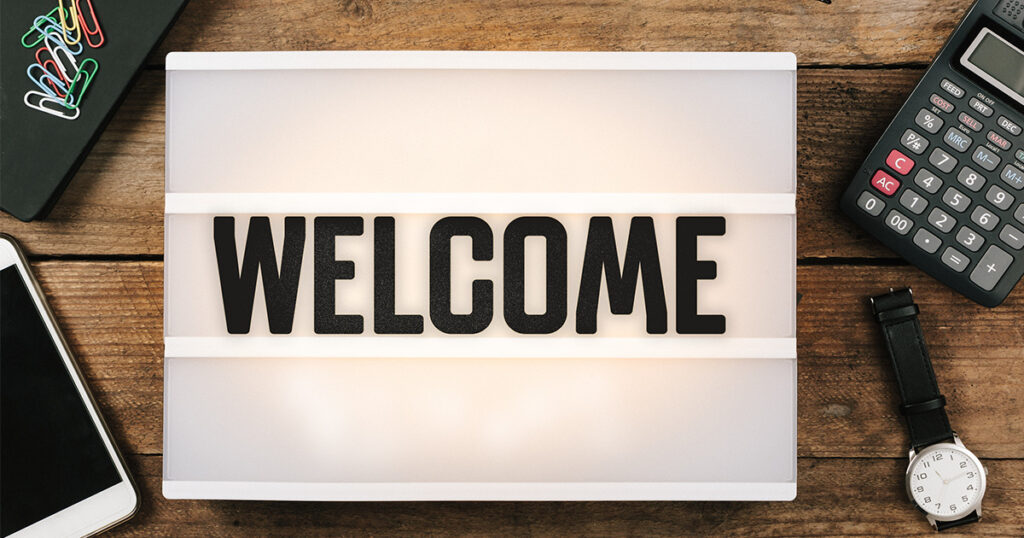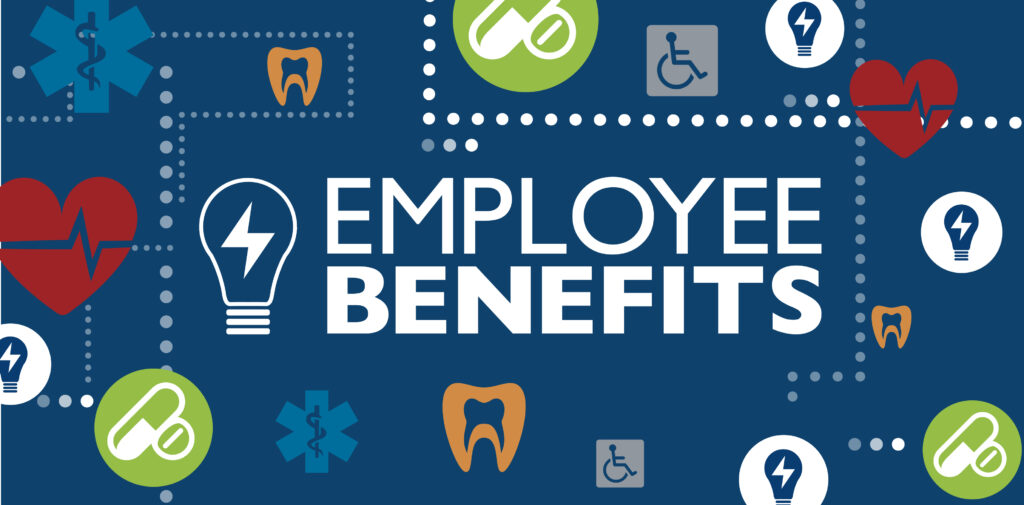A new employee welcome kit is a means to communicate with new employees from the point of their selection for the business. A kit sets the tone for a fruitful and (hopefully) lasting working relationship. A welcome kit should include the company’s mission statement, goals, and key policies that new hires should know about. Along with the company goals and mission, specific documents should help employees adjust to their new workplace quickly and effectively.
A welcome packet for new employees has several expected benefits:
- Saves company time and resources
- Improves new hire satisfaction
- Improves employee motivation
- Increase new hire onboarding speed
- (Ideally) provides context to job expectations and goals
- Answers common questions new employees ask
So now that we are clear about the underlying benefits of a welcome packet for new employees, what should you put into one? How do you, as a manager, determine what’s vital and what’s not?
Here are some core items that should be a part of a new employee welcome packet:
- Copy of new hire email /post
- CEO welcome letter
- Paperwork and forms
- Culture and strategy documents
- Management and team structure
- Employee handbook
- Technology
- On-going training
- Personal information worksheet
- Pre-onboarding survey
1. Copy Of New Hire Email
Everyone one of us wants to feel appreciated and welcomed, especially new hires. Make a copy of the new hire’s email or social media post about the new employee. This will make the new hiree feel like part of the company from day one and inform the company and the general public about their new position. Many tech-savvy organizations post about recruits on their Social Media handles, particularly on their LinkedIn pages.
2. CEO Welcome Letter
This is an excellent tool for introducing company values and goals while welcoming new team members. This is a great tool to communicate company culture, what employees like about working for your company, or the company’s short- and long-term goals. The overall format and style should match your overall company tone.
3. Paperwork and Forms
No one likes filling out tedious forms and paperwork on their first day, but new hires must do this. HR usually wraps this paperwork into the welcome package to make it more palatable for the new hire.
4. Management and Team Structure
Many new hires may have to interact with multiple departments daily. A simple company chart, ideally with photos and titles of management is helpful. It will be nice to have the various departments and employees in each department with contact information.
5. Technology
This portion of the new employee welcome packet should hold information about the company policy regarding all things tech. What websites are allowed during work, how to access the corporate intranet, their new email address, phone number, and any logins they will need to access files and documents. Th
6. Personal Information Sheet
To make new employees feel welcome, ask them to fill out a brief personal questionnaire with questions about their hobbies, favourite vacations, food, and retirement goals. This can work as a great ice breaker with their team or an email introducing this new person to their new department.
How To Build A New Hire Welcome Kit
You’ve included the essential items (from the company’s perspective) in your welcome packages for new employees, but how do you make them memorable for the employees? There are much fun and unique onboarding content to consider that will really set you apart. The top three options are listed below
Personalized/Company Swag
Many businesses give company-branded goodies to make the new hire feel welcome. Many companies add in the employee’s name for personalization. This could be anything like
- Laptop sticker
- Coffee mugs or tumblers
- T-shirts, hoodies, socks
- Unique company sticker or keychain for car or bike
Anything that is branded for the company and customized for the new hire. And it doesn’t hurt for some free advertising if they use this product outside the office!
Work Calendar
An optional branded item can provide a personalized work calendar for the company. It can have events likecoworkers’ birthdays and work anniversaries. This gives a new hire insight as to other team member milestones.
Welcome Buddy
Another less popular option is to offer a mentor or onboarding buddy. Matching employees with an established team member helps to build an instant bond. It allows a new employee to ask questions and develop a great working relationship. It can also show where employees can go within your organization the longer they stay.
What To Include In A New Hire Welcome Packet
How do you finalize out what content to include in your welcome kit for new employees? A simple way to start is by asking these simple questions:
- How do you convey company culture to this new employee?
- What should this new employee know about your company?
- Does this new employee need to know certain information from day one?
- What will this new hire need to do their job effectively?
- How do you make this new hire feel welcome and inclined to stay?
- What training will you provide this employee?
Once these questions are answered, it’s time to talk about components. Every company’s requirements are different. This information should serve as a reference guide for the employee onboarding process.
Is A New Employee Welcome Packet Important?
A new hire welcome kit is important because it enables the communication between a new employee and the organization from the first day. This new employee welcome kit will provide recently hired employees with the necessary information to get them on track and comfortable with their roles much quicker.
Put yourself in a new employee’s shoes. They just got the call that they have got the job. While they are excited to start a new career chapter, they are also nervous.
How do you put their concerns at ease before and on the first day on the job? It’s easy if you focus on pre-onboarding. Before this new employee steps foot in your office as an official employee, make sure they know what to expect on their first day.

Sadia Zaheer holds a Masters in Business Administration from IBA, Karachi. After working in several financial institutions in Client Management, Corporate Lending, Islamic Banking and Product Management she jumped careers to pursue a career in writing.
She is a Finance, Business and HR Development writer with four years of experience. She reads a lot and takes care of her multiple cats to remain calm.




